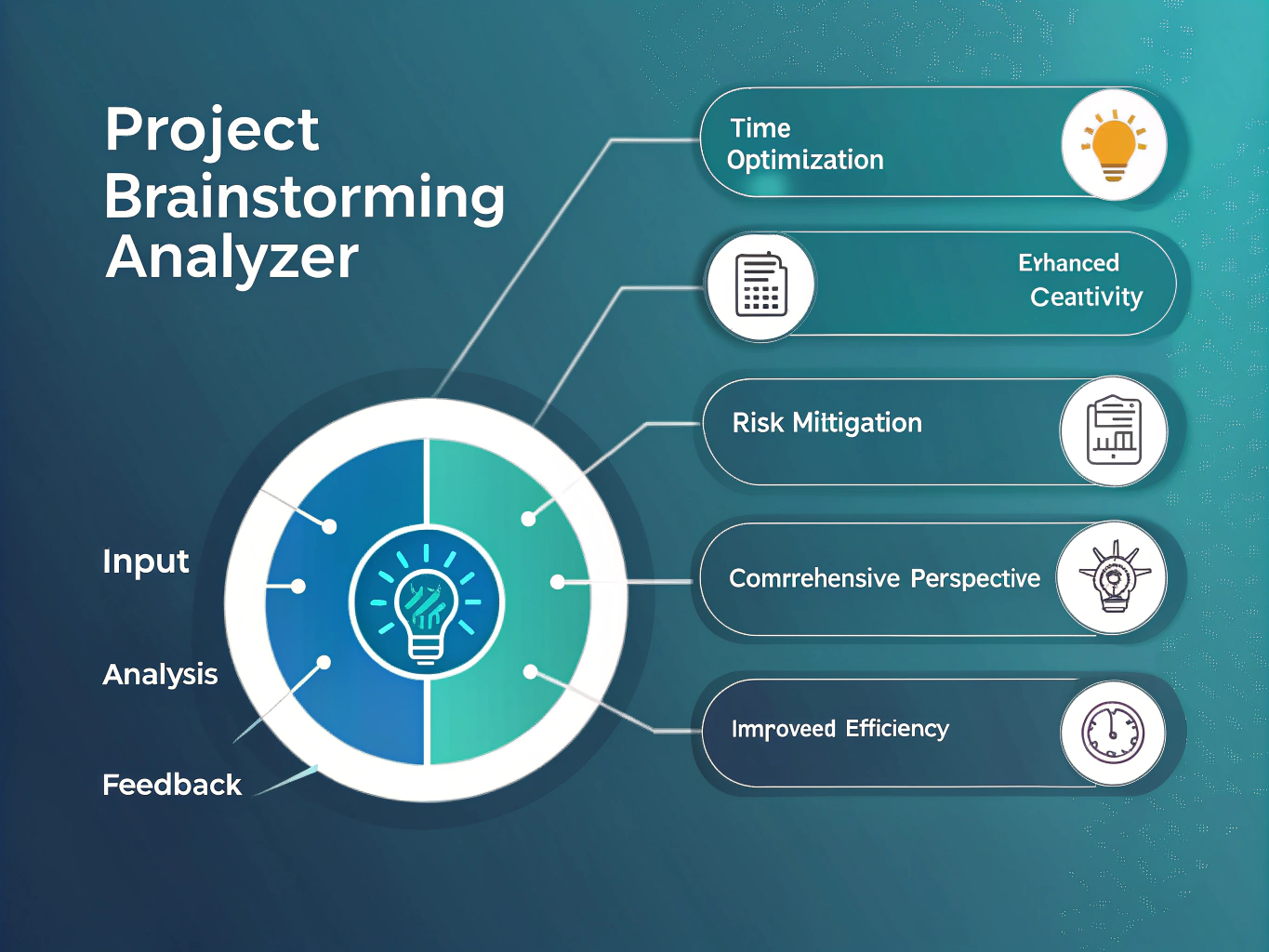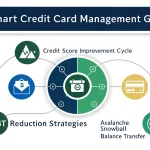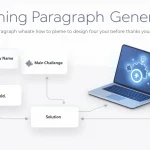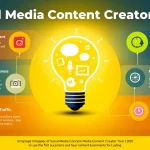Is this tool helpful?
How to Use the Project Brainstorming Analyzer Effectively
The Project Brainstorming Analyzer helps you refine your project ideas and implementation plans. Follow these steps to get valuable insights and improve your strategy:
- Summarize Your Project
Provide a clear and concise description of your project in the first field. Use specific and meaningful details. Here are two examples:
- “Designing a community-driven platform for eco-friendly product reviews.”
- “Building an automated language tutoring chatbot that adapts to user skill levels.”
- Detail Your Implementation Plan
Explain how you plan to develop your project. Include technologies, workflows, and strategies you will use. Try these examples:
- “We will develop the review platform using Vue.js for the frontend and Node.js with MongoDB for the backend. User authentication will use OAuth 2.0. The system will incorporate community moderation and API integration with sustainability databases.”
- “Our chatbot will leverage Python and TensorFlow for natural language understanding. We’ll deploy it on AWS Lambda for scalability, use real-time feedback loops to tailor lessons, and integrate with popular messaging apps.”
- Submit for Analysis
Click the “Analyze Project Plan” button to send your inputs for AI-driven feedback.
- Review the Results
Look over the pros, cons, and suggested improvements generated for your project. Use this insight to identify strengths and areas needing attention.
- Iterate and Refine
Apply the feedback to improve your plan. Resubmit updated versions to continue refining and enhancing your strategy.
What Is the Project Brainstorming Analyzer and Why Use It?
The Project Brainstorming Analyzer is an AI-powered tool designed to evaluate and improve your project concepts and development strategies. It reads your project description and implementation details, then provides tailored feedback to help you spot risks, highlight benefits, and suggest practical improvements.
Using this tool can help you:
- Identify blind spots and potential hurdles early.
- Optimize your resource allocation and timelines.
- Generate innovative ideas guided by industry best practices.
- Make data-driven decisions faster throughout project planning.
- Improve communication among team members through clear insights.
Whether you are an entrepreneur, developer, product manager, or researcher, this tool acts as a virtual brainstorming partner to strengthen your project roadmap before development begins.
Practical Uses of the Project Brainstorming Analyzer
This tool fits a wide range of project planning scenarios, including:
1. Startup Idea Validation
Test your startup concept early. Receive insights on market fit, technical feasibility, and competitive positioning to sharpen your pitch and strategy.
2. Feature Planning and Prioritization
Evaluate feature proposals in your product roadmap. Understand the trade-offs between user value, development effort, and alignment with business goals.
3. Technology Stack Assessment
Compare different technologies and tools. Get feedback on scalability, maintenance, and compatibility to choose the best approach for your development needs.
4. Research Project Structuring
Refine your research design by analyzing methodologies, identifying potential biases, and optimizing data collection plans.
5. Non-Profit Program Development
Improve outreach programs by receiving suggestions on community engagement, funding opportunities, and scalable implementation models.
How the Project Brainstorming Analyzer Works
The backend AI analyzes your project using advanced natural language processing techniques. These include:
- Sentiment Analysis: The tool evaluates the tone of your plan, distinguishing strong points and potential challenges. It calculates sentiment scores with the formula:
- $$\text{Sentiment Score} = \frac{\sum \text{Sentiment values of words}}{\text{Number of words}}$$
- Keyword Extraction: Key concepts and critical terms are identified through TF-IDF weighting, determined by:
- $$\text{TF-IDF Weight} = \text{Term Frequency} \times \log_e\left(\frac{\text{Total Documents}}{\text{Documents with Term}}\right)$$
- Concept Mapping: It constructs a semantic network of your ideas, uncovering relationships among elements to suggest relevant improvements.
- Comparative Analysis: By referencing current standards and trends, the tool benchmarks your plan against industry best practices, offering actionable guidance.
Benefits of Using the Project Brainstorming Analyzer
Time and Resource Efficiency
Avoid costly mistakes by identifying problems early, enabling smart use of your resources and accelerating project timelines.
Boosted Innovation and Creativity
Get fresh perspectives and alternative approaches you might not have considered, increasing the innovative potential of your project.
Risk Identification and Management
Spot potential challenges to address them proactively, reducing the chance of project delays or failures.
Holistic Project Insight
Receive feedback that covers technical feasibility, business viability, and user experience aspects for a well-rounded strategy.
Continuous Improvement Over Time
Repeated use helps you learn from past feedback, refining your planning skills and producing better project outcomes consistently.
Addressing Key Challenges in Project Planning
Overcoming Tunnel Vision
The tool acts as an impartial reviewer, highlighting areas you may have missed due to deep involvement in your project.
Balancing Optimism and Reality
It tempers enthusiasm with practical feedback, helping you realistically assess risks and develop workable solutions.
Staying Current with Industry Trends
Regular updates to the AI’s knowledge base ensure advice reflects the latest technologies and methodologies.
Improving Cross-Team Communication
Provides clear and shared insights that facilitate alignment among team members with varied expertise.
Accelerating Decision-Making
Fast, comprehensive analysis helps your team make informed choices without unnecessary delays.
Frequently Asked Questions (FAQ)
1. How does this analyzer differ from traditional project management tools?
It focuses on refining your project ideas and planning strategies through AI insights rather than managing tasks or resources.
2. Can it analyze projects from any industry?
Yes. Its AI algorithms support various domains including technology, business, creative fields, and research.
3. How often should I use the analyzer?
Use it at different planning stages to continuously improve your ideas and implementation plans.
4. Can the analyzer replace human brainstorming?
No, it supplements your team’s creativity by providing additional perspectives and ideas to discuss.
5. How does the tool stay updated with the latest trends?
The AI model integrates current data from trusted industry sources through regular updates.
6. Is there a limit to how detailed my descriptions should be?
Balance clarity with detail. Provide enough information for meaningful feedback without overwhelming the input fields.
7. How should I interpret the analyzer’s suggestions?
Use the feedback as a starting point to discuss improvements with your team and refine your project strategy.
8. Does the analyzer estimate timelines or resources?
It doesn’t provide specific estimates but highlights complexities to inform your planning.
9. Can it handle unconventional or innovative ideas?
Yes, it evaluates based on core feasibility and best practices while offering constructive ways to strengthen unique concepts.
10. Can I use the output in proposals or pitches?
Yes. Including the pros and addressing cons with mitigation plans adds credibility and demonstrates thorough preparation.
Important Disclaimer
The calculations, results, and content provided by our tools are not guaranteed to be accurate, complete, or reliable. Users are responsible for verifying and interpreting the results. Our content and tools may contain errors, biases, or inconsistencies. Do not enter personal data, sensitive information, or personally identifiable information in our web forms or tools. Such data entry violates our terms of service and may result in unauthorized disclosure to third parties. We reserve the right to save inputs and outputs from our tools for the purposes of error debugging, bias identification, and performance improvement. External companies providing AI models used in our tools may also save and process data in accordance with their own policies. By using our tools, you consent to this data collection and processing. We reserve the right to limit the usage of our tools based on current usability factors.







